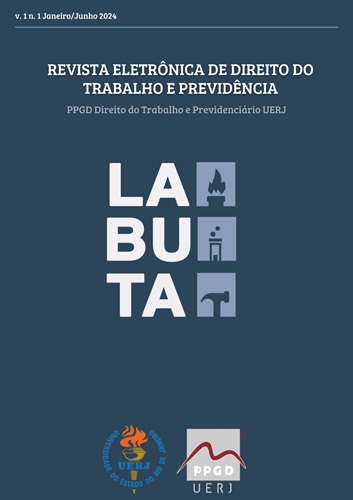Elementos estruturais dos sistemas previdenciários: cobertura, regimes financeiros, modalidades de benefícios e modelos protetivos
Palavras-chave:
Regimes Protetivos., Modelos de Proteção Social., Modelo de múltiplos Pilares, Estrutura JurídicaResumo
O presente artigo busca oferecer, no lugar de uma perspectiva cronológica ou constitucional (que geralmente são os pontos de partida para o estudo das políticas de proteção social) uma abordagem dos seus elementos estruturais fundamentais, a fim de compreender seus objetivos centrais e quais são as formas possíveis para arquitetar juridicamente um mecanismo institucional capaz de alcançá-los. Para isso, trata dos principais parâmetros para aferição dos objetivos de um regime (cobertura pessoal, material e financeira), bem como das formas possíveis de estruturação (regime financeiro e modalidade dos benefícios). Em seguida, descreve como essas alternativas são tradicionalmente utilizadas nos formatos jurídicos mais comuns dos regimes de proteção social, tanto dos não contributivos (assistência social, universais e de renda básica universal) quanto nos contributivos (básicos e complementares). Por fim, traz as reflexões sobre a necessidade de combinação desses diferentes formatos para a organização de um sistema protetivo baseado em múltiplos níveis protetivos, que seja capaz de alcançar segurança econômica para os diferentes setores da sociedade.



